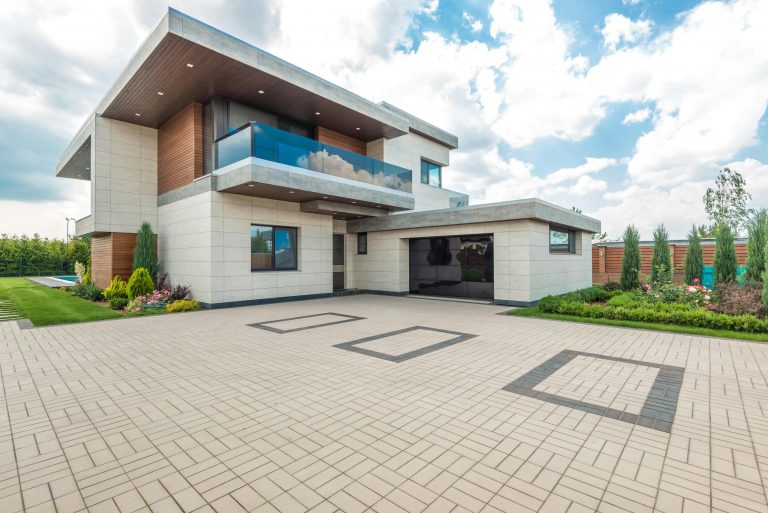


If you live north of the 37th Parallel, then your building’s roof probably suffers through a long, harsh winter every year. Even the strongest roof will eventually require maintenance, repair, or even replacement because of natural wear and tear. But combine an aging roof with a heavy winter storm, and your roof could require emergency repair.
So what are the signs that your roof is in need of repair, and what are the commercial roofing materials businesses most often use in North America?
Water Damage, Ice Dams, and Winter Storms
During a long winter, your roof will have to hold up under heavy snow accumulation, ice dams, and strong winds. If your roof was properly installed in the first place, then you should have a layer of weatherproofing material called “flashing” under your asphalt or metal roofing. Unfortunately, nothing lasts forever, and during winter storms moisture can leak inside and damage your roof.
If you notice any leaks, wet insulation, water stains, the smell of mold, or warped wood, then you might have a damaged roof in need of repair or replacement. Investigate as quickly and safely as you can in order to prevent a small problem from becoming a big financial disaster.
For buildings with slanted roof planes, you might need to watch out for ice dams. These walls of ice form when heat from your building melts snow and ice, which then refreezes near the cooler edges of the building. Water builds up behind these ice dams, which can damage commercial roofing materials and flashing. Reservoirs of water and snow melt can cause wood to rot, drywall to crack, and leaks to form.
Commercial Roofing Repair and Replacement: What To Know
If you run a business or own a building and need to replace a roof, then obviously you need to keep costs down. Even so, according to a recent survey, the vast majority of Americans say that durability (88%) and longevity (83%) are the most important factors when choosing between types of roofing materials. Asphalt generally costs less than steel roofing, although metal roofs sometimes last longer.
On average, U.S. roofs need to be replaced every 17 years, but warranties are usually available for 10, 15, or 20 years. Check with various roofing contractors not just to compare roof repair cost and installation fees, but to compare the kind of warranty they can offer your business. Ultimately, that could save you money in the long run, no matter what kind of commercial roofing materials you choose. Get more info here.






